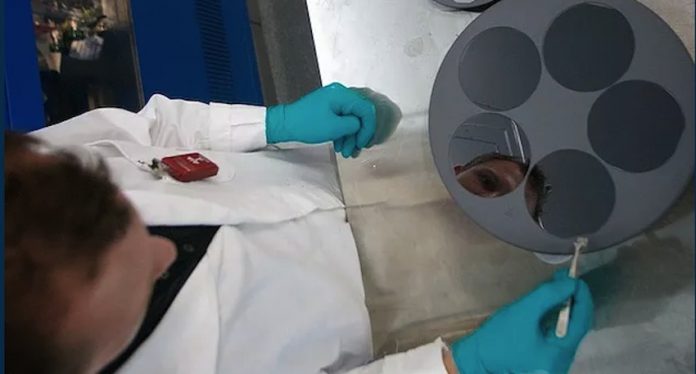In partnership with Griffith University, BluGlass Ltd of Silverwater, Australia is leading a two-year project – involving a $600,000 cash investment, including a $300,000 grant from the not-for-profit, independent Innovative Manufacturing Cooperative Research Centre (IMCRC) – to develop high-performance normally-off gallium nitride (GaN) high-electron-mobility transistors (HEMTs) that promise a positive and stable threshold voltage, low on-resistance, and high breakdown field.
The project aims to combines BluGlass’ low-temperature remote-plasma chemical vapor deposition (RPCVD) technology and Griffith University’s Queensland Microtechnology Facility (QMF) atomically smooth silicon carbide on large silicon (SiC-on-Si) wafers.
“Electronics manufacturers face high-cost barriers for higher-performing materials,” says BluGlass’ managing director Giles Bourne. “The research project aims to overcome those industry challenges,” he adds.
“Silicon is incredibly cheap and traditionally difficult to displace despite the performance advantages of other materials such as GaN… RPCVD operates at temperatures hundreds of degrees cooler than the current industry incumbent technology. This offers electronics manufacturers many advantages, including higher-performance, lower-cost throughputs and the ability to deposit on a lower-cost substrate such as silicon.” The ability to produce fail-safe, normally-off devices will be critical for widespread adoption of GaN transistors, he states.
“Our unique low-temperature deposition of the p-GaN gate is required to enable high-performance normally-off devices, and this has significant commercial implications, not only for BluGlass but for the Australian power electronics industry,” Bourne continues.
The atomically smooth SiC on large Si wafers of the Queensland Microtechnology Facility (QMF) – part of Griffith University’s Queensland Micro- and Nanotechnology Centre – provides a chemical barrier and template for the epitaxial growth of nitride layers that helps to address the challenges of defectivity and long-term device reliability. The partnership “highlights the university’s commitment to advancing technology through industry collaborations,” says professor Ned Pankhurst, Griffith University’s senior deputy vice chancellor.
Throughout the project, BluGlass will work closely with Griffith University’s QMF and access their process and test equipment, infrastructure, device knowledge and resources to develop and optimize HEMT devices.
The project has the potential to create high-value IP and foundry technologies that could lead to the generation of a local semiconductor wafer economy, reckons IMCRC managing director & CEO David Chuter. “Addressing industry challenges and combining key enabling technologies, we believe this project can boost the commercial value of the sector, and create new opportunities, in Australia and into global value chains,” he adds.








